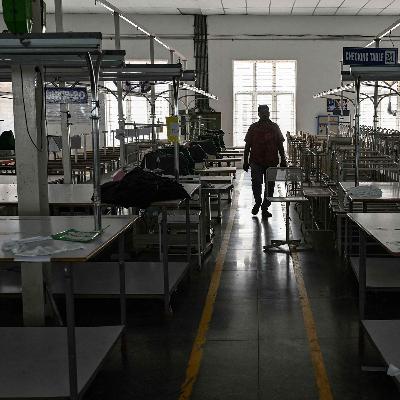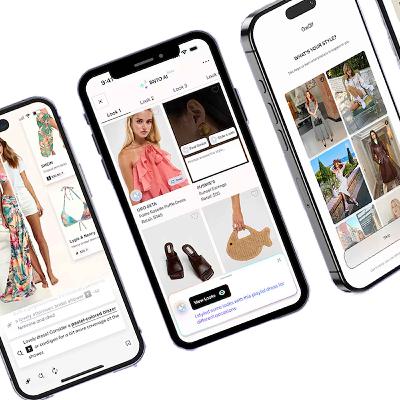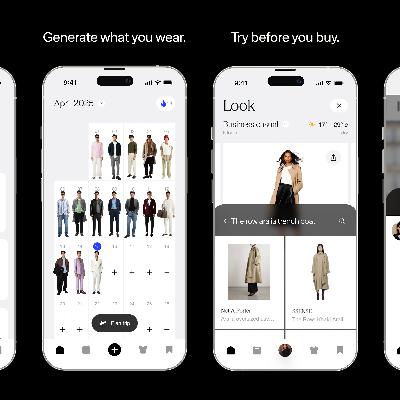What Went Wrong at Ssense
Description
Ssense’s bankruptcy filing makes it the latest in a long line of online luxury retailers to find itself on the brink. In an internal memo, Ssense co-founder and CEO Rami Atallah blamed US tariffs for creating an “immediate liquidity crisis.” But as BoF correspondent Malique Morris details, the real damage pre-dated the latest trade shock: years of training a young audience to wait for markdowns, overexposure to the US market, and leadership inertia as luxury slowed industry-wide.
With hosts Brian Baskin and Sheena Butler-Young, Morris unpacks how Ssense won indie labels and cultural clout but dulled its edge as discounts became the default. They also explore whether Ssense can keep its cool factor while courting full-price shoppers, and which outcomes will best protect the fragile ecosystem of small brands that rely on the platform.
Key Insights:
- Ssense’s strategy of serving younger, aspirational shoppers worked until markdowns became the main event, teaching customers to avoid full price and dulling the platform’s authority with brands. As Morris puts it, “Ssense has been really smart about targeting this younger, aspirational luxury consumer … but over time it turned into this cornerstone for luxury discounting online.” He continues: “It just became associated with being the sale place, which then curbs credibility with designers.” The business model that once drove growth ultimately undercut it.
- Relying on a Canada-based warehouse feeding a majority-US customer base left Ssense acutely exposed to cross-border friction. Compounding the risk is the fact that it targets young, aspirational shoppers. “Those shoppers’ pockets aren’t bulletproof in an economic downturn,” explains Morris, so demand proved more fragile just as costs rose. Tariffs were the catalyst, not the cause, of pre-existing vulnerabilities.
- Even as conditions worsened, decision-making lagged. “I think internally what’s happening is that they’re not acting fast enough to respond,” Morris says, adding that industry-wide pressures “have fallen onto them in a particular way.” Slow moves on initiatives like personal shopping and incubation left Ssense leaning further into discounts, accelerating the slide towards creditor protection.
- According to Morris, a reset doesn’t require abandoning the brand’s cultural core; it requires focusing it. “What’s working well in e-commerce is having a niche and being clear in how you’re going to serve the best customers within that cohort,” Morris argues. “In my mind, Ssense needs to refine its niche and make sure that it's attracting the consumers who will purchase without the need for always-on sales. … There are shoppers in that Gen Z group, many of whom are almost 30, who have the pockets and the temperament to be seduced by curation and not by the fact the next Essence sale is going to ‘hit different’.”
Additional Resources:
- Ssense to File for Bankruptcy Protection After Creditors Push for Sale | BoF
- Ssense: What Went Wrong | BoF
Hosted on Acast. See acast.com/privacy for more information.
























